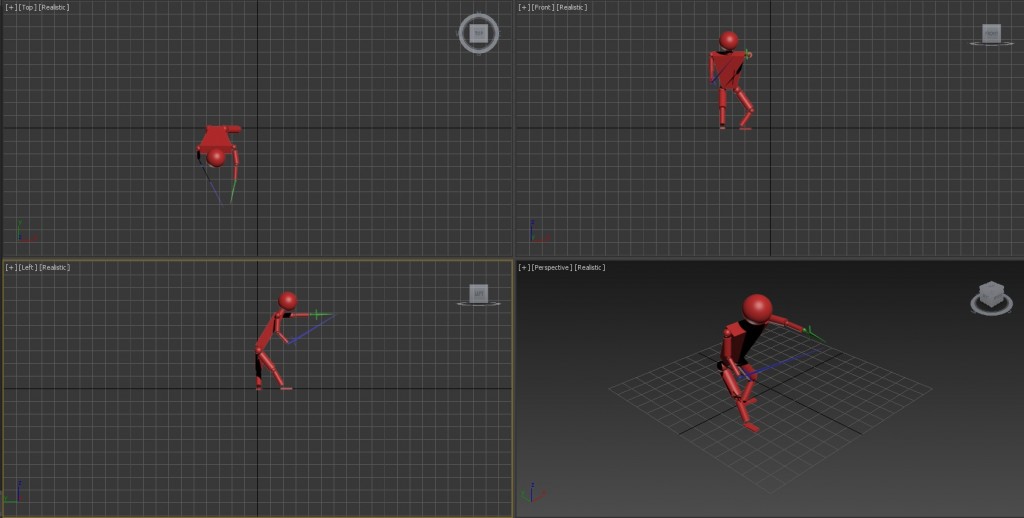During the winter, spring, and early summer Letia and I were focused on learning about fighting with the sword alone. Since the end of Pennsic we have begun to focus more on the combination of sword and dagger.
According to Fabris everything that he taught with regards to the sword alone is still valid. Tempo is still tempo, measure is still measure, and finding your opponents blade still puts them in a sticky situation. However, with the addition of the dagger, the number of vulnerable lines increases, causing the execution of these fundamental concepts to change.
Stance:
Fabris has a number of different ways to hold the body when using a sword and dagger and the fundamental concepts remain true for all of them. For the things below I am assuming a stance that has most of the weight on the back foot and is leaning forward at the waist, creating a deeper target there.
Blade molestation:
As before avoiding contact on your blade is an important aspect. The dagger adds a new danger to this though. When fighting with the sword alone it was possible to extend your sword and to keep it safe. Doing this when fighting an opponent with a dagger is little more than an invitation for your opponent to gain control of your sword with his dagger. The dagger, when held extended and straight, can meet any sword thrust into its zone of protection and parry it because the foible of the sword will have to cross the forte of the dagger. To counter this danger Fabris suggests holding your sword withdrawn and your dagger extended out at shoulder height.
A joined defense, the Wedge of Doom:
Keeping the dagger extended will cover a high line but will still leave a considerable amount of target open. Fabris believed in using both weapons to defend you. The sword should be angled upwards so that the top fifth of the sword extends past the tip of the dagger. The tip of the dagger should be almost touching the sword blade. This has two benefits. First it closes the opening along the center of the body and second your blade is now pointing at your opponents meaty bits. Formed properly this defense can be very safe but it is not static. The wedge that you have formed with your weapons will need to move to form counter guards. It is worth repeating that the wedge moves, not the individual weapons. Finding your opponents blade this way will protect your openings and force a long tempo for your opponent to arrive at the new openings you may have created. This long tempo is force because the opponent must not only disengage your sword but also the dagger.

This picture shows a guard in third. Showing the dagger in green and the sword in blue you can see the wedge of doom.
Attacking from the wedge:
Attacking, like defending, must be performed as a single action using both the sword and the dagger in one tempo. Typically, but not always, the dagger will be used as your primary defense because it is usually located nearer to the opponent’s sword and due to its short reach is less useful for attacking. In addition, the daggers relatively short length means that it has the same strong defensive properties as a sword’s forte. With the opponent’s blade found a lunge or pass is performed. The key aspects are that: one, the dagger is not withdrawn or extended but should be moved to cover whatever opening the sword may have been covering. And two, that the lunge should create a wall, similar to the wedge described earlier, between yourself and the enemies weapons. If you fail to form such a defense while lunging your opponent will be able to find a way to attack you. This lunge maintains the wedge shape but the vertex moves from the tip of your weapons to the hilt of your sword.
Pingback: wistric
Pingback: Tassin